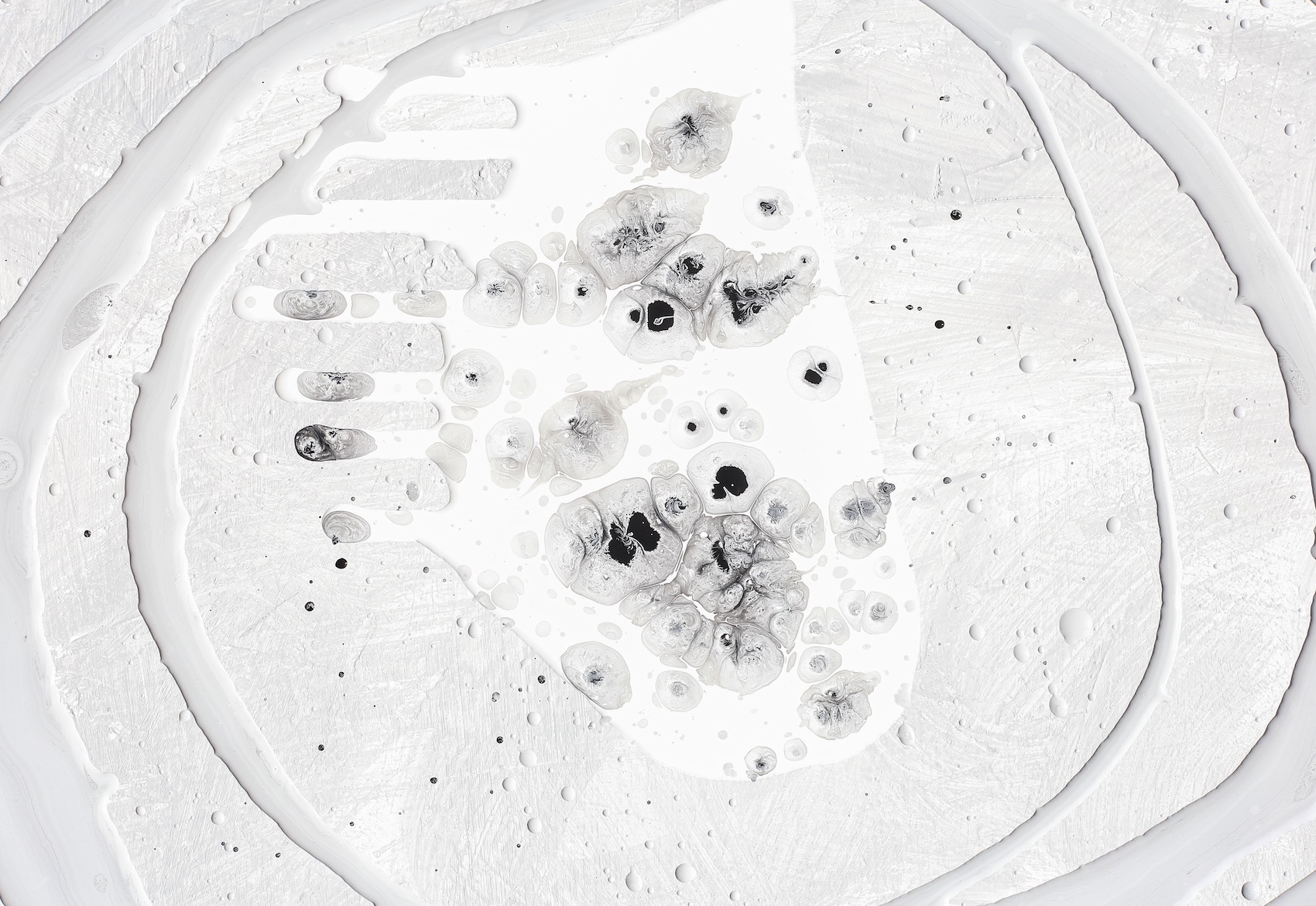Gaseous Exchange – Grade 11 Notes (Term 3) Introduction to Gaseous Exchange Gaseous exchange is the vital process by which oxygen is taken in...
The Role of Water as a Requirement in Photosynthesis:
Water is essential in photosynthesis as it serves as a source of electrons and hydrogen ions. It is split into oxygen, protons, and electrons during the light-dependent reactions of photosynthesis, helping to generate ATP and NADPH, which are crucial for synthesizing glucose in the light-independent reactions. Additionally, the splitting of water releases oxygen as a byproduct.
- Source of electrons and hydrogen ions: Water provides the electrons and hydrogen ions needed in the light-dependent reactions of photosynthesis.
- Involved in splitting water (photolysis): During these reactions, water molecules are split into oxygen, protons, and electrons.
- Helps generate ATP and NADPH: The electrons and hydrogen ions from water contribute to the formation of ATP and NADPH, which are vital for the Calvin cycle (light-independent reactions).
- Releases oxygen: The splitting of water produces oxygen as a byproduct, which is released into the atmosphere.
Source of Electrons and Hydrogen Ions
Water plays a crucial role in the light-dependent reactions of photosynthesis by providing the essential electrons and hydrogen ions. These components are critical for the functioning of the photosystem II (PSII) complex. When water molecules are split, electrons are liberated and transferred to the photosynthetic electron transport chain. This process is fundamental for the continuation of electron flow towards photosystem I (PSI), ultimately necessary for the synthesis of energy carriers.
Involved in Splitting Water (Photolysis)
The splitting of water, also known as photolysis, occurs in the thylakoid membranes of the chloroplasts, specifically within the PSII complex. This process is driven by the energy absorbed from sunlight. Water molecules (H2O) are split into molecular oxygen (O2), protons (H+), and electrons (e-). This reaction is not only crucial for providing the necessary electrons and protons but also maintains the internal balance of protons within the thylakoid space, influencing the chemiosmotic synthesis of ATP.
Helps Generate ATP and NADPH
The electrons and protons generated from the splitting of water are pivotal in forming ATP and NADPH, which are vital for the Calvin cycle (light-independent reactions). Electrons pass through the electron transport chain from PSII to PSI, leading to the creation of a proton gradient across the thylakoid membrane. This gradient powers the ATP synthase enzyme to synthesize ATP from ADP and inorganic phosphate. Similarly, the electrons reduce NADP+ to NADPH at the end of the transport chain, providing the reducing power needed for carbon fixation in the Calvin cycle.
Releases Oxygen
One of the most significant byproducts of the photolysis of water is molecular oxygen (O2). As water molecules are split, oxygen atoms from two water molecules combine to form O2, which is then released into the atmosphere. This release of oxygen is essential for maintaining life on Earth, as it contributes to the breathable atmosphere required by most terrestrial organisms.




